Swansea Bay University Health Board: Climate Action Plan 2024-26
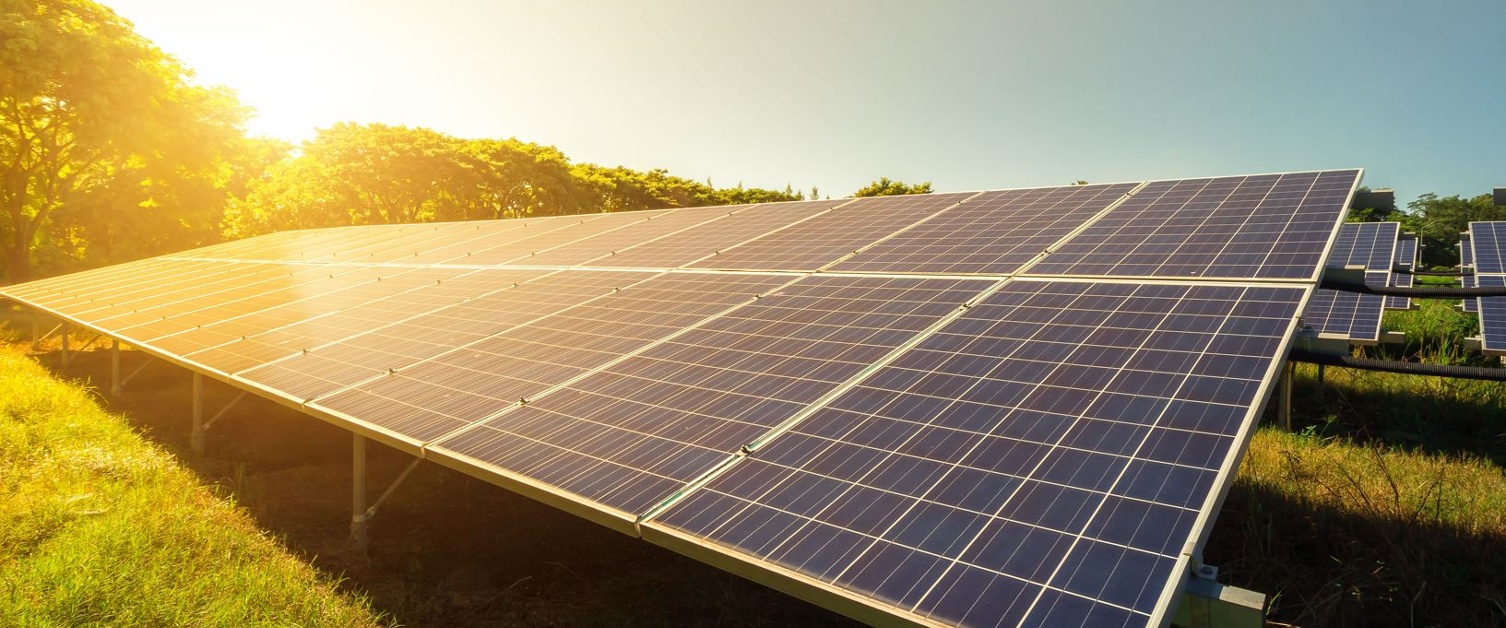
Foreword
I am proud to be able to introduce our second plan responding to the Climate Emergency, renamed the ‘Climate Action Plan’. This plan highlights the amazing work that has been undertaken since approval of the first plan (March 2022), and how we look to build on this over the next two years.
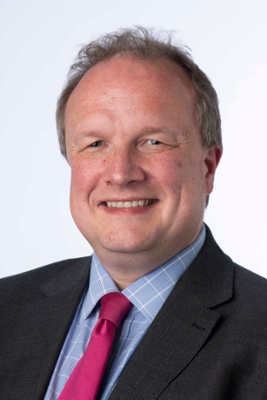 Swansea Bay University Health Board (SBUHB) has led exciting and innovative work including firsts for Wales in Sustainable Quality Improvement through Green Teams, inhaler recycling, and the opening of our Solar Farm directly supplying Morriston Hospital, the first of its kind in the UK. There are so many examples of teams from across the Health Board (HB) developing projects and schemes that are innovative and support wider work on reducing carbon emissions and preparing for a climate adapted future. Our first ‘Sustainable Healthcare’ award captured some of these in 2023.
Swansea Bay University Health Board (SBUHB) has led exciting and innovative work including firsts for Wales in Sustainable Quality Improvement through Green Teams, inhaler recycling, and the opening of our Solar Farm directly supplying Morriston Hospital, the first of its kind in the UK. There are so many examples of teams from across the Health Board (HB) developing projects and schemes that are innovative and support wider work on reducing carbon emissions and preparing for a climate adapted future. Our first ‘Sustainable Healthcare’ award captured some of these in 2023.
In addition, the HB has an active ‘Swansea Bay Green Group’, who are bringing ideas, increasing momentum, and changing our ways of working to support a healthier, greener and brighter future for the staff and people of Swansea Bay.
As a HB we need to take this learning and see how we can support our staff in embedding this, particularly how we use our resources in the most efficient way, seeking to reduce waste and duplication. Giving our staff ‘Permission to Act’ is key in building a sustainable healthcare system. This requires working beyond our usual groups, to ensure that projects are spread and scaled to maximise impact.
The health emergency caused by the climate emergency will need all of us to continue to be bold and brave in our actions if we are to truly thrive. I remain committed to supporting our teams to build on their achievements, and to working closely with Welsh Government and our partners to deliver the change we need.
Dr Richard Evans
Interim Chief Executive Officer, Swansea Bay University Health Board
Introduction
A Climate Emergency was declared by Welsh Government in 2019, leading to the Net Zero Wales ambition for the Welsh “public sector to collectively reach net zero by 2030”. In response NHS Wales developed a ‘Decarbonisation Strategic Delivery Plan (DSDP)’ (published in 2021). SBUHB’s Decarbonisation Action Plan was developed to support the All Wales approach and was approved by Management Board in March 2022. However, during implementation it has been recognised that this plan goes beyond the original purpose of reducing emissions, with it furthering the seven goals and five ways of working in the Well-Being of Future Generations Act (WBFGA).
Aim and objectives
Through this plan we shall:
AIM: Reduce emissions from SBUHB activities, whilst maximising support of the WBFGA.
This will be achieved through:
Role as a healthcare provider and employer:
- Consistent messaging from Leadership to ensure sustainable healthcare is business as usual
- Support the healthcare workforce to develop the skills/projects required to support themselves and their services to mitigate and adapt to impacts of climate change through giving ‘Permission to Act’.
- Highlight how existing programmes of work support sustainability, estimating emissions reductions (where possible)
Role as an anchor institution and a key partner:
- Capitalize on opportunities to collaborate and influence the local agenda including place-making, supporting nature recovery, and strengthening resilience to climate risks alongside mitigation strategies.
Why Climate & Health?
Climate change is impacting global health in many ways, including ‘leading to death and illness from increasingly frequent extreme weather events, such as heatwaves, storms and floods, the disruption of food systems, increases in zoonoses and food-, water- and vector-borne diseases, and mental health issues’.
Wales have been assessed by Public Health Wales (2023) in a Health Impact Assessment. You can read more about the Health Impact Assessment. Future health impacts predicted for Swansea and Neath Port Talbot include:
- Increases in cardiovascular and cerebrovascular deaths
- Increases in sleep disruption & disorders
- Decreases in cognitive performance & the ability to learn
- Increases in respiratory deaths
- Significant increase in mental health problems in the local population as a result of flooding
Impacts may also be felt through food & water insecurity, supply chain challenges and increased migration from areas becoming more inhospitable. This highlights the importance of:
- Reducing our emissions (climate mitigation)
- Preparing for the future (climate adaptation)
Our journey so far
Our successes:
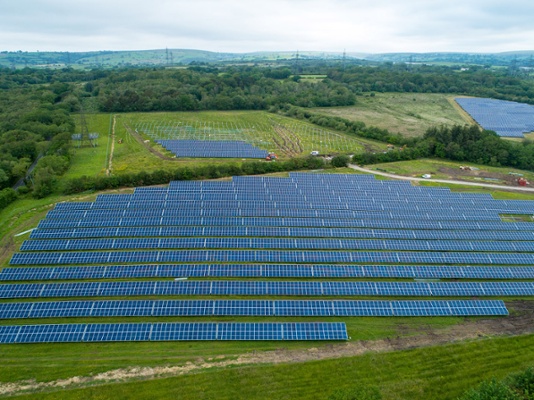 The HB has worked with Welsh Government, other Welsh Health Boards, wider public sector, and businesses to drive emissions reductions. Key successes from the initial plan include:
The HB has worked with Welsh Government, other Welsh Health Boards, wider public sector, and businesses to drive emissions reductions. Key successes from the initial plan include:
- The Estates team have led on carbon emissions reductions, between 2019/20 and 2022/23 the HB has used less natural gas (-9%), gas oil (-84%) and grid electricity (-24%)
- The Procurement Team has developed materials to support staff in understanding their responsibilities when procuring goods & services
- A group of theatre staff have initiated nitrous oxide reduction and theatre shutdown schemes
- Pharmacy have developed an inhaler decarbonisation programme, including clinics with patients focussing on better inhaler use with potential to save 8.5 tonnes of CO2e
- Collaboration between Wellbeing, Charity and the Sustainable Travel group to install bike maintenance stations and lockable bike racks
- Theatre Matrons introducing reusable scrub jackets, reducing disposable gown use
- Three Clinical Leads to lead embedding sustainability in clinical spaces appointed in November 2023
Our plan
Our Culture and Ways of Working:
This area of the plan seeks to embed climate mitigation, and wider sustainability into ‘business as usual’ across the HB. Key areas include communications, existing processes and procedures, training, and how to support staff in implementing their ideas. A new area that has been introduced is climate change adaptation, identifying existing and future work to support this area.
Success
Multiple bulletins every month demonstrating sustainability & emissions reduction
Over 280 staff sustainability survey responses
Embedding in:
• Procurement
• Capital Planning
• Estates Strategy
Decarbonisation Action Plan implementation
Population Health Strategy, linking with climate mitigation & adaptation
First ‘Sustainability in Healthcare’ Living Our Values award, awarded to Pharmacy for inhaler decarbonisation
What we will do…
To build on our success we will address challenges recognised during the implementation of the first plan, this includes reaching our staff, leadership and embedding into existing processes. Actions include:
ENGAGE
- Evolve our communications approach, including how we reach beyond the intranet and consistent messaging
- Provide a pack so staff can lead sessions across the HB
- Use champion networks to share key messages
EMBED
- Maximise outputs from external groups the HB staff attend
- Embed sustainability, decarbonisation and adaptation to climate change in strategic planning processes including clinical service/pathway redesign
ENABLE
- Undertake a workshop to explore potential academic partnerships for emissions reduction & adaptation work
- Work with local partners, through PSBs, on climate change adaptation approaches
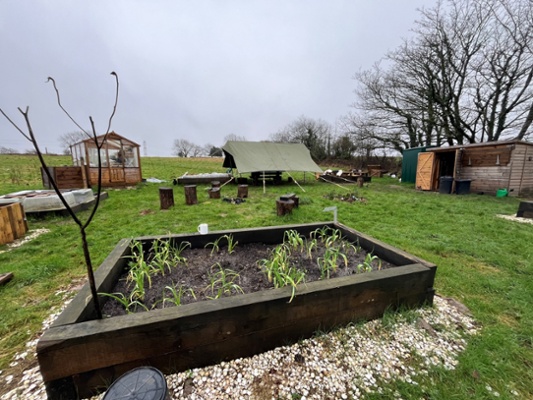 Our Buildings and Estate
Our Buildings and Estate
The second largest emissions area for the health board is from the way we utilise our Estate, accounting for 13.5% of emissions in 2022/23. Historically the focus has been on changing the fabric of the buildings. However, due to financial challenges in obtaining capital funding, a focus on the way in which we use our spaces is going to be key.
Success
The HB has seen emissions reductions since 2019/20 in Natural Gas (-9.1%), Gas Oil (-85.8%) and grid electricity (-24.0%). This has been through the:
New Modular Theatres at NPT using low carbon tech
Biophilic Wales work on biodiversity at HB sites making spaces greener
Establishing a Community Supported Agriculture project, Cae Felin working with social prescribing & increasing biodiversity
Re:Fit project incl. LED light replacement scheme, solar farm
28 decarbonisation audits at community sites to understand emissions reductions opportunities
Decarbonisation Plans and costs for Singleton & Morriston hospitals
What we will do…
To reduce the impact of our buildings we need to be aware of how we are using the spaces. This will be achieved through:
ENGAGE
- Investigate alternate funding routes for building/infrastructure, as detailed in the DSDP
EMBED
- Whole lifecycle costings/emissions estimates in design
- Sustainability lead in design team
- Post construction / refurbishment performance monitoring
ENABLE
- Undertake a 'Switch off' behaviour change campaign
- Continue energy efficiency programme, where funding is available
- Review heating and cooling requirements of the Estate
Our Travel
Our travel impacts how our staff, patients and visitors can access our sites and services across the HB footprint. This area requires extensive partnership working with public sector and private providers. Work within this area has been led by the Sustainable Travel Group.
Challenges applicable to travel include limitations associated with influencing how staff, visitors and patients travel with a reduced public transport network and extensive pressures on parking. However, there are opportunities too, especially through the Swansea Bay Healthy Travel Charter and work on active travel with local councils.
Success
Member of the Swansea Bay Healthy Travel Charter
Dr Bike sessions at three sites & Sustainable travel breakfasts for National ‘Cycle to Work’ day & bike week
Developing three site maps showing sustainable travel facilities and access
Starting an earlier bus service so staff can get to work (with First Cymru)
What we will do…
The actions around travel in this plan look at influencing how people travel to our sites and services, utilising the sustainable travel hierarchy:
ENGAGE
- Improve knowledge and access to active travel facilities & travel information
EMBED
- Consistent approach to working from home, avoiding travel
ENABLE
- Work with public transport providers to improve connectivity, where we are able
- Ensure suitable signage and access for sustainable travel to sites
- Utilise tools to reduce single occupancy vehicles e.g. car share
- Execute HB’s agreed approach to Electric Vehicles (EV)
- Establish a ‘No Idling’ policy
Our Procurement
The Social Partnership and Public Procurement (Wales) Act published in 2023 puts a requirement on the public sector to improve economic, social, environmental, and cultural well-being when purchasing goods, works and services. Through the HB’s work with NHS Wales Shared Services Partnership (NWSSP) projects and best practice are being shared continually.
In addition, in 2022/23 42% of the HB’s spend was with businesses in Wales, demonstrating the investment associated with a HB’s non-pay spending capacity.
Success
Moving to Tier 2 emissions data reducing 2022/23 supply chain emissions by 17,000 tCO2e
Social value questions in all tenders:
• Foundational economy
• WBFGA
• Decarbonisation
Opportunities for reuse identified e.g. WARP-IT
42% of HB spend in Wales
What we will do…
Our Procurement Team are enablers, they are not responsible for what our staff purchase. Ensuring all those purchasing understand this will be key to moving to sustainable procurement.
Between 2024 and 2026, the HB will seek to:
ENGAGE
- Work with those purchasing to make more sustainable purchasing decisions
EMBED
- Further strengthening the procurement process through support for evaluating social value questions
ENABLE
- Work with NWSSP’s Sustainability and Net Zero team to identify opportunities
- Continue to implement stock management systems to reduce expired materials going to waste
- Identify and review areas of high throughput of high cost items for potential reductions/alternate items
This will be alongside the extensive work of supporting all staff in ensuring their tenders include, and make the most of, the social values questions:
- WBFGA
- Foundational Economy
- Decarbonisation
Our Sustainable Healthcare
Formerly known as ‘Approach to Healthcare’, this is now the largest section of the plan, seeking to embed what sustainable healthcare is into everything we do. Sustainable healthcare is defined as:
“Sustainable healthcare delivers high quality care without damaging the environment, is affordable now and in the future and delivers positive social impact” Centre for Sustainable Healthcare.”
Since implementation of the previous plan, synergies with other areas have been identified including Quality, Value Based Healthcare, and Population Health. Working alongside these wider teams and highlighting where and how their work supports sustainability is key in providing tangible examples of what sustainable healthcare is.
Success
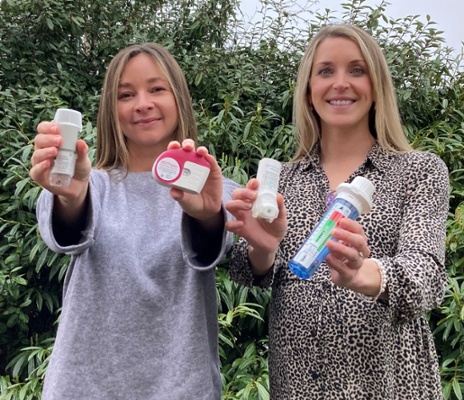 • Formation of Swansea Bay Green Group
• Formation of Swansea Bay Green Group
• Inhaler decarbonisation
• Training & support to Primary Care
• ScriptSwitch to encourage change
• Inhaler recycling
• Food ordering app to reduce waste
• Working from home
• Using digital in services
• Providing digital access to nature on our wards, in collaboration with Biophilic Wales
Greener Primary Care:
• 5 Dental Practices
• 6 General Practices
• 1 Optometrist
• 2 Community Pharmacists
Working on accreditations for:
• My Green Lab
• Laboratory Efficiency Assessment Framework (LEAF)
Appointment of three Sustainability Clinical Leads to build knowledge and momentum in patient facing spaces
What we will do…
Sustainable healthcare is the area where there can be the biggest emissions reduction and support of WBFGA, through reducing wastes and making sure resources are used in the best possible way. This is reflected in the actions that will be pursued:
ENGAGE
- Highlight how existing projects have synergies with emissions reduction and wider sustainability (estimating emissions where possible)
- Identify, with Green Group, opportunities for spread and scale
- Develop targets for reuse, recycling, clinical waste improvements and recovery
EMBED
- Utilise tools and guidance to improve services e.g. Greener Primary Care, Royal Colleges guidance, Greener Theatres, Quality Improvement etc.
- Embed sustainability in service redesign, business cases, quality impact assessment, and future strategies e.g. Catering Strategy
- Maximise effectiveness of partnerships and memberships to related groups (internally and externally)
ENABLE: PREVENT
- Reduce the loss of medical devices through remote tagging
ENABLE: REDUCE
- Reduce non-essential PPE use including gloves, aprons etc.
- Utilise digital e.g. hybrid mail, paperless outpatient clinics, mobile tablet, electronic forms and digital workflow
- Showcase opportunities for emissions reductions through a digital healthcare workshop
- Consider risk-based approach to replacing batteries
- Further work on reducing MDI inhalers and pharmaceutical waste
ENABLE: REUSE
- Investigate feasibility of a 'Medical Devices Library' for sites (potential cost savings associated). Implement if feasible.
- Share existing resale contract opportunity to other applicable groups
- Identify and share repair / refurb / reuse schemes across the organisation
ENABLE: RECYCLE
- Investigate feasibility of staff led recycling schemes
Glossary
|
Anchor institution |
large organisations whose long-term sustainability is tied to the wellbeing of the populations they serve |
|
Climate adaptation |
altering our behaviour, systems, and—in some cases—ways of life to protect our families, our economies, and the environment in which we live from the impacts of climate change |
|
Climate mitigation |
avoiding and reducing emissions of heat-trapping greenhouse gases into the atmosphere to prevent the planet from warming to more extreme temperatures |
|
Decarbonisation |
reduction or elimination of carbon dioxide emissions from a process |
|
Emissions |
An amount of a substance that is produced and sent out into the air that is harmful to the environment, especially carbon dioxide |
|
Fabric of the buildings |
elements that characterise the structure as a building, such as walls, roofs, internal surfaces, floors, stairs and landings and all doors and windows. The fabric of the building also includes plumbing and central heating systems, and mains wiring and lighting systems. |
|
Net zero |
a target of completely negating the amount of greenhouse gases produced by human activity, to be achieved by reducing emissions and implementing methods of absorbing carbon dioxide from the atmosphere |
|
Place-making |
creating places and focuses on transforming public spaces to strengthen the connections between people and these places |
|
Population health |
the health outcomes of a group of individuals, including the distribution of such outcomes within the group |
|
Social value |
social, environmental, cultural and economic impacts of actions taken by communities, organisations, governments and individuals |
|
Supply chain |
The sequence of processes involved in the production and distribution of a commodity and/or service |
|
Sustainable Healthcare |
Sustainable healthcare delivers high quality care without damaging the environment, is affordable now and in the future and delivers positive social impact (Centre for Sustainable Healthcare) |
The full plan and emissions information is available by emailing SBU.Sustainability@wales.nhs.uk
Rydym yn croesawu gohebiaeth a galwadau ffôn yn y Gymraeg neu'r Saesneg. Atebir gohebiaeth Gymraeg yn y Gymraeg, ac ni fydd hyn yn arwain at oedi. Mae’r dudalen hon ar gael yn Gymraeg drwy bwyso’r botwm ar y dde ar frig y dudalen.
We welcome correspondence and telephone calls in Welsh or English. Welsh language correspondence will be replied to in Welsh, and this will not lead to a delay. This page is available in Welsh by clicking ‘Cymraeg’ at the top right of this page.